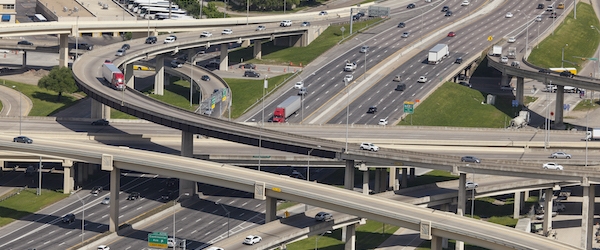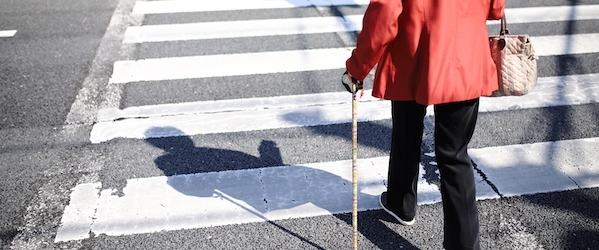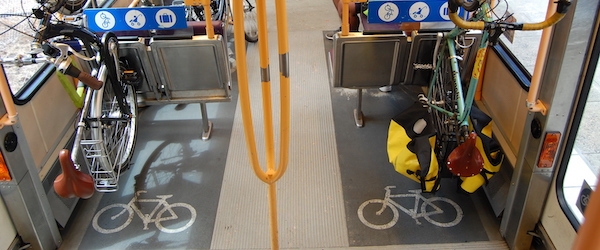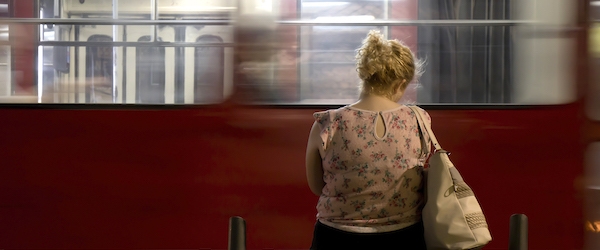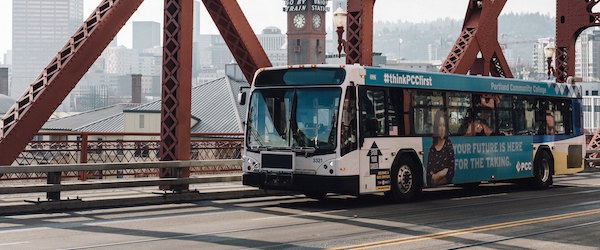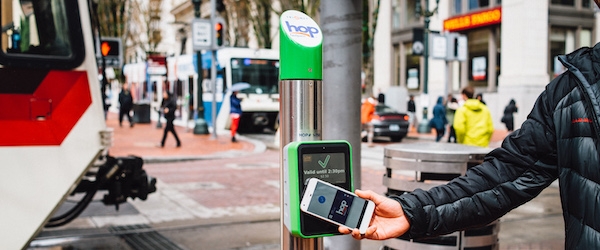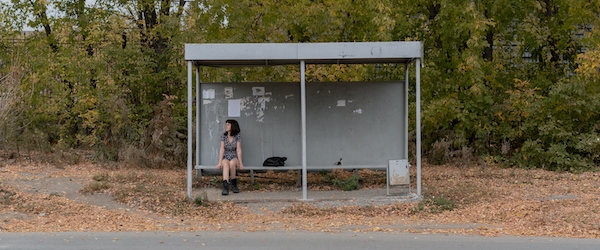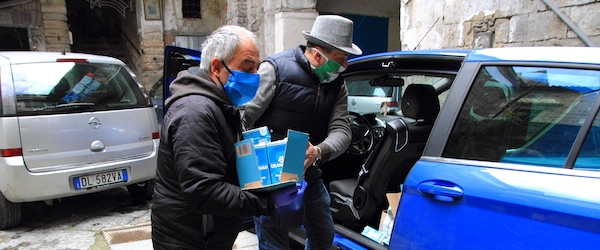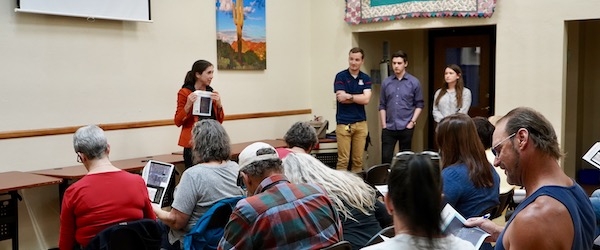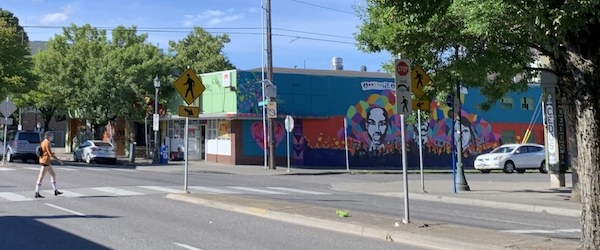Imagine you've just been released from prison. You don't have a phone yet, or a car, but through your reentry service, you are set up for now with a place to stay. They also got you a job interview for next Monday, but it's across town. You also have mandatory mental health, medical health, and parole-related appointments to make it to this week, so right now— transportation is your biggest problem. You have three complementary bus tickets, and you need to figure out the best way to use them.
"I can't imagine trying to navigate my way through a city, tackle the bus system and find my way around without a smartphone - in a community that I haven't been in for ten, twenty, however many years," said Dr. Stephen Mattingly.
That's the scenario facing roughly 2,000 former inmates who return to communities every day in the U.S.
To help them to reintegrate into society, researchers Anne Nordberg, Jaya Davis and Stephen Mattingly of the University of Texas at Arlington (UTA) leveraged funding from the National Institute for Transportation and Communities (NITC) on ...
Read more
